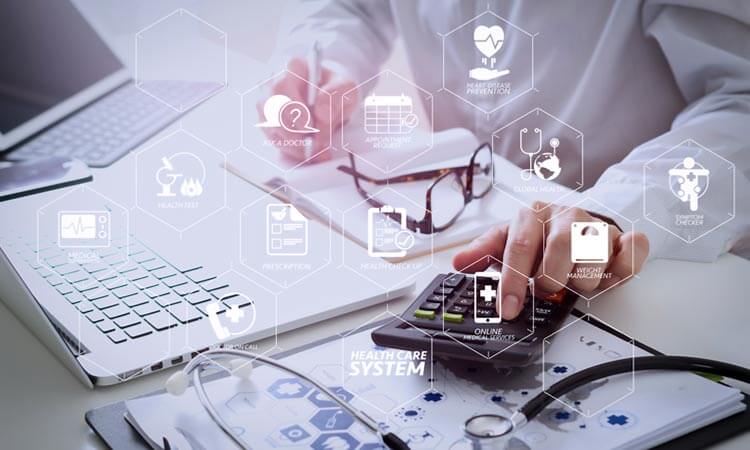Our database captures business intelligence about the tendencies and trends of the people on the payer side. Our experienced team knows who to speak with at each of these companies and we have the ability to go to senior personnel at the payer who oftentimes are the only ones with the authority to approve higher payments to providers.
Where Does The Data Actually Come From?
We pull data into CRXIS from 3 sources:
First, CRXIS contains all claims we have worked for our 4500+ clients over the past 16 years. This includes over $1 billion in claims each year over the past several years.
Next, we ingest reference data sets available in the market, including but not limited to FairHealth, and Medicare data.
Then, we also pull in 837/835 EDI feeds and other payor remit data.
And best of all, we have robotic automation processes, or bots, that scrub payer websites to see how a claim is being adjudicated even before you receive the 835. This is essential to reducing denials and days to receiving payment. Account statuses will automatically feed into our system eliminating the need to follow up every 7, 10, 14 days because the bots are continuously pinging payer websites. And since we get statuses even before you receive the 835, we can be more proactive in working your accounts as opposed to waiting for them to hit your clearinghouse or waiting for paper EOBs.
Using all this information, CRXIS will assign our staff at-risk accounts through dynamic queues to quickly correct and prevent further AR deficiencies. Challenges to AR like denials, delays, and underpayments are automatically bucketed and sent for our staff to fix. Think about how many collectors it would take to do all of this manually. It’s virtually impossible!



